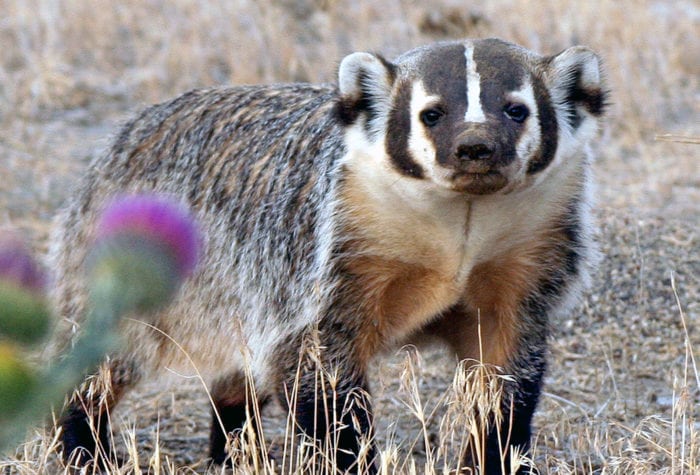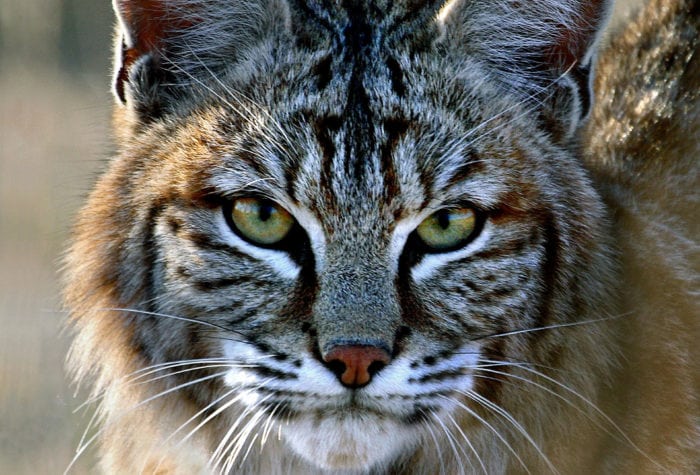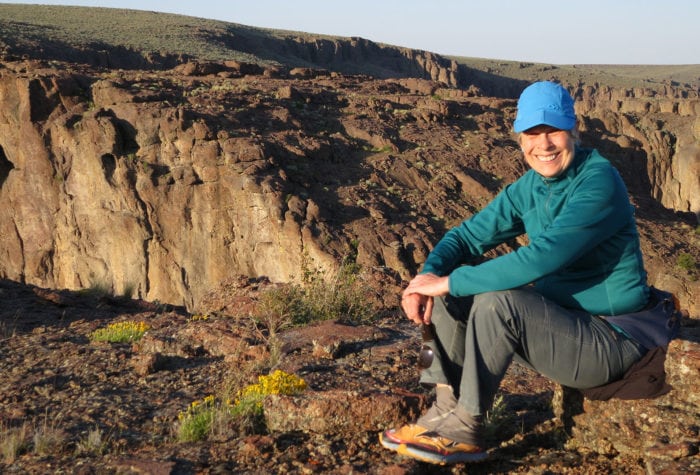Author: Scott Bowler | Published: March 13, 2023 | Category: Species Spotlight
Oh man, I’m liking those lichen! Lichen are both ubiquitous and highly diverse, yet little known and understood, perhaps not really even noticed by many in “the general public.” Lichens are highly successful, and encrust somewhere around 8 percent of Earth’s terrestrial surface — an area greater than that covered by tropical rainforests.
With nearly infinite variations in color, shape, and form, lichen offer a fascinating topic for closer study.
Lichen are symbionts, coming from a “marriage” (or perhaps more properly, a fusing) of two or more distinctly different creatures. Most are composed of a tough fungal “shell” providing structure and protection to a colorful algae colony residing inside. The algae, through photosynthesis, provide nutrients to share with the fungus. Many lichens — probably all — also contain other life forms like bacteria, viruses, et cetera, making them far more complex than they first appear.
Lichen play a vital role in colonizing rock and other hard surfaces, beginning the slow process of soil creation. As scientist and author Merlin Sheldrake notes, in his phenomenal book about fungi, Entangled Life, “lichens are how the inanimate mineral mass within rocks is able to cross over into the metabolic cycles of the living … (they) are the go-betweens that inhabit the boundary of life and nonlife.”
Sheldrake also notes that the study of lichens was foundational to both the understanding of symbiosis and the development of the concept of ecology: “Lichens had become a type case of inter-kingdom collaboration.” This is because lichens are more than a fungal-plant partnership, and form in such a way that both partners create, what Sheldrake went on to describe as, an “emergent phenomena, entirely more than the sum of their parts … Lichens are small biospheres that include both photosynthetic and non-photosynthetic organisms, thus combining Earth’s main metabolic processes.”


